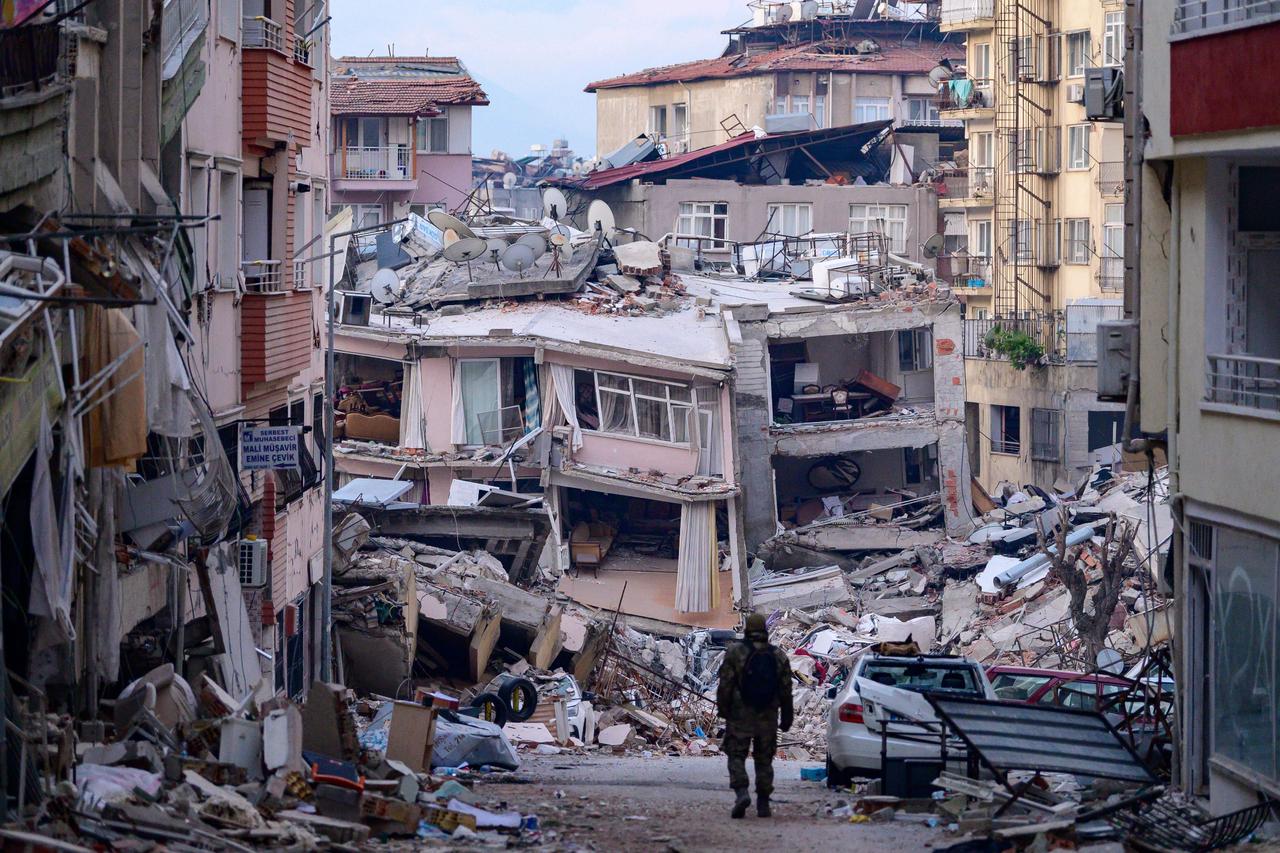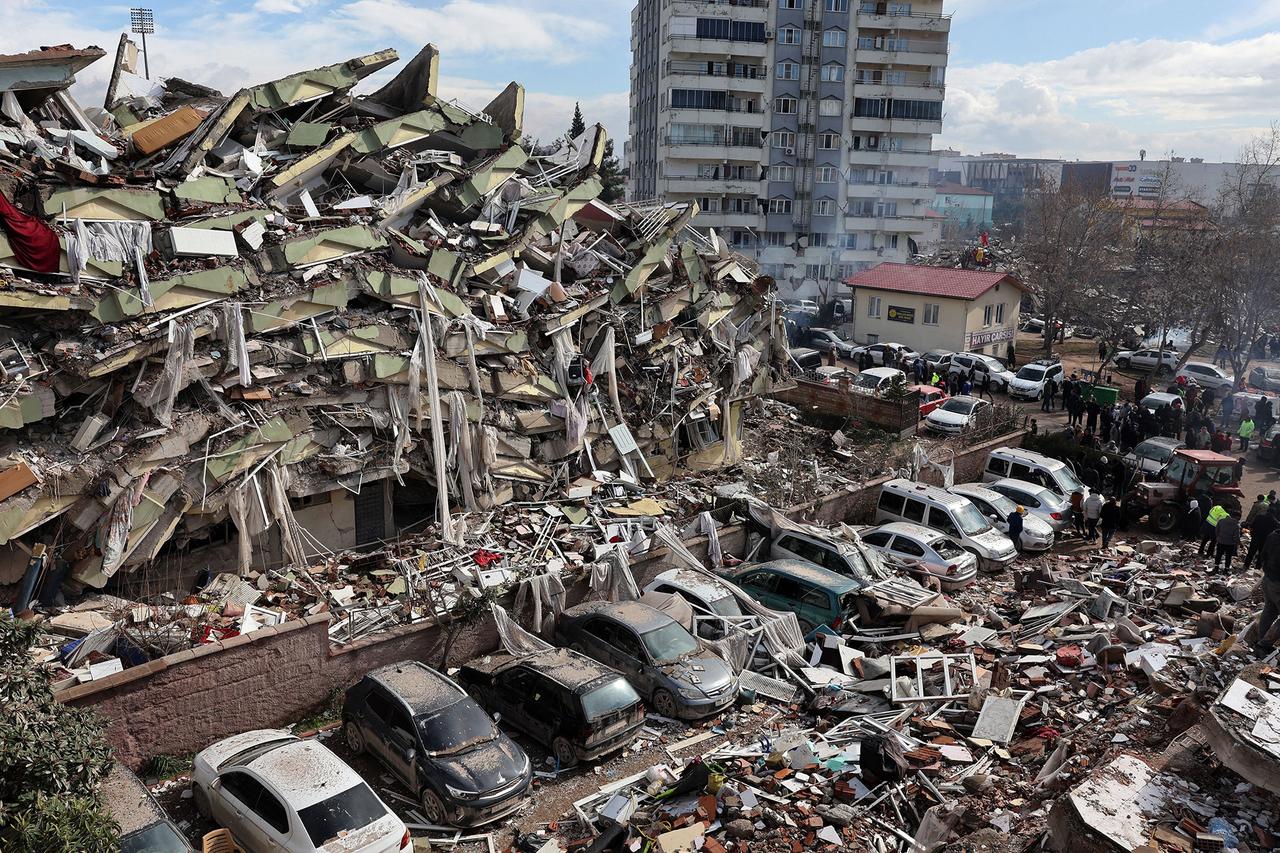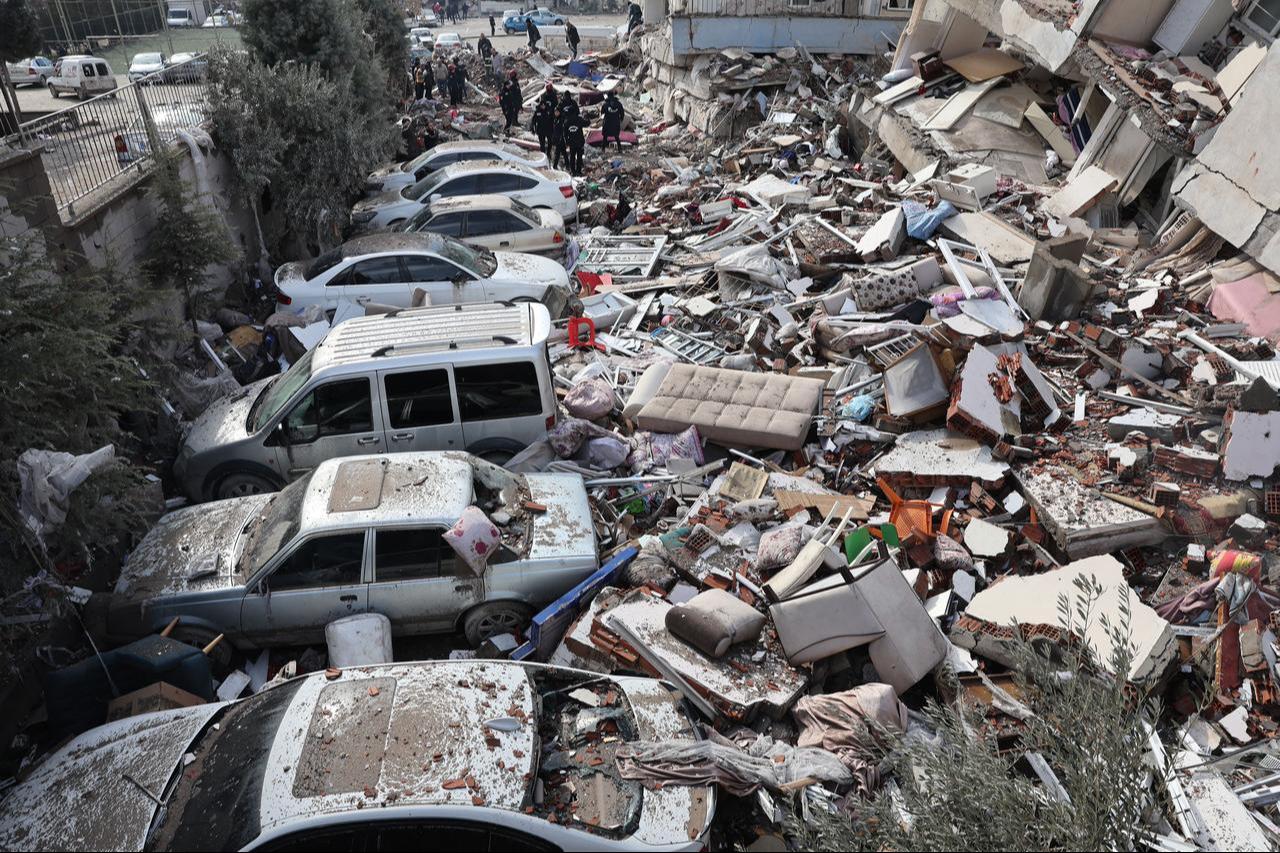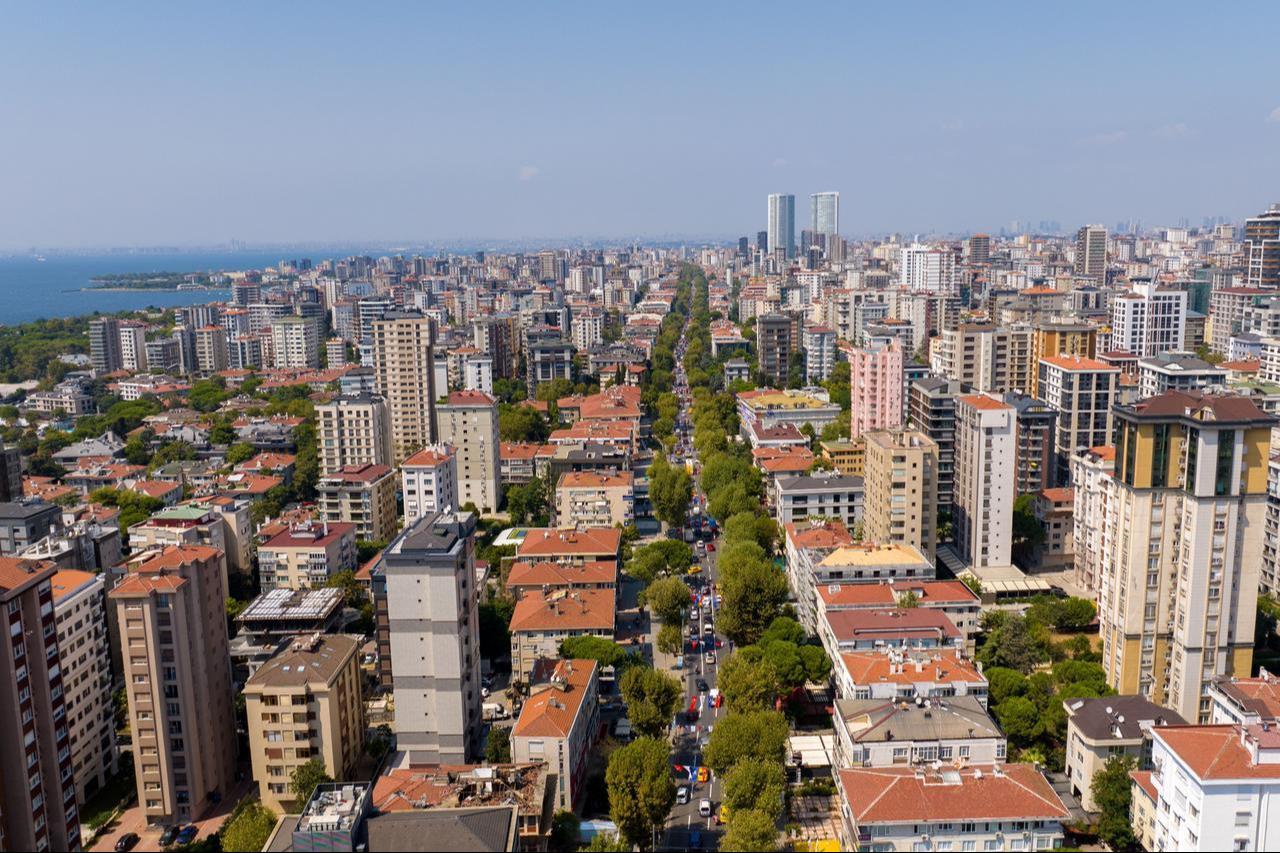
A potential Marmara earthquake could result in insured damages between ₺380 billion ($9 billion) and ₺500 billion ($11.9 billion), according to modeling conducted by T-Rupt Technology for Türkiye's Insurance and Private Pension Regulation and Supervision Authority (IPRSA).
The study analyzed four earthquake scenarios ranging from magnitude 7.1 to 7.4 in the Marmara Sea region, examining potential damage to industrial facilities, commercial businesses and residential properties across 10 provinces, Turkish media outlet Hurriyet's columnist Noyan Dogan reported on Monday.
The affected provinces would include Istanbul, Kocaeli, Bursa, Tekirdag, Sakarya, Balikesir, Canakkale, Bilecik, Yalova and Edirne, where insurance companies currently provide ₺11.5 trillion ($274 billion) in total coverage.

The projected damages would be approximately four times what insurers paid following the Feb. 6, 2023, Kahramanmaras earthquakes, where insurance companies paid out ₺115 billion ($2.74 billion), including ₺40 billion ($953.3 million) from the Turkish Catastrophe Insurance Pool (TCIP).
"At today's dollar exchange rate, insured damage in a potential Marmara earthquake would reach $21 billion," Dogan wrote, noting this figure excludes TCIP mandatory earthquake insurance payments.
For Istanbul alone, TCIP payments are estimated to be three times what was paid in Kahramanmaras, according to the projections.

The modeling represents Türkiye's first earthquake "stress test" for the insurance sector, initiated after the Kahramanmaras earthquakes revealed that only 5% of the total $105 billion economic loss was covered by insurance.
Professor Dr. Sinan Akkar, T-Rupt Modeling and Data Analytics Group Manager, told Dogan that the low insurance coverage in the Kahramanmaras region was due to it not being an industrial-intensive area and having low insurance rates.
"Marmara has both dense industry and high insurance rates in industry and residences. Therefore, damage in a potential earthquake will be at high levels," Akkar explained.
The modeling was conducted by T-Rupt Technology, Türkiye's only modeling company operating under Turkish Reinsurance, which is wholly owned by the Ministry of Treasury and Finance. The company developed the four scenarios specifically for the Marmara Sea region based on expected fault line activity.
The 10 provinces were selected due to their industrial density and residential concentration, as well as their proximity to potential epicenters.
The Marmara region hosts Türkiye's largest industrial base and most populous city, Istanbul, with approximately 16 million residents.
Insurance sector officials emphasized that, unlike the Kahramanmaras region, Marmara's high concentration of insured industrial facilities, commercial properties and residences would result in significantly higher insurance payouts relative to total economic losses.

The stress test was ordered by IPRSA to determine the scale of potential damage and identify which regions would be most affected, allowing insurance companies to prepare adequate reserves and reinsurance arrangements.
In the Kahramanmaras earthquakes, insurers covered approximately $5 billion of the total economic loss, with the relatively low percentage attributed to lower insurance penetration in the affected southeastern region.
The new modeling aims to help the insurance sector prepare for a scenario where a much higher percentage of economic losses would need to be covered by insurance payments, given Marmara's higher insurance penetration rates.
The study did not estimate total economic losses from a potential Marmara earthquake, focusing solely on insured damage projections.